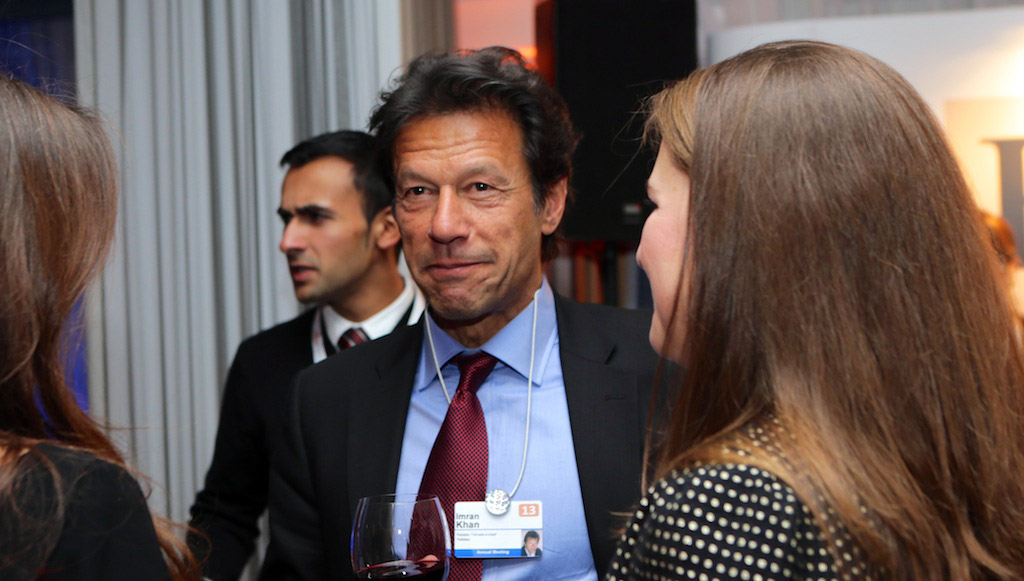The Shanghai Cooperation Organization (SCO), founded in 2001 by the Shanghai Five: China, Russia, Kazakhstan, Kyrgyzstan, Kyrgyzstan, Tajikistan, and later joined by Uzbekistan, India, and Pakistan, together with the ALBA countries and Iran, would be the hard core of resistance to the world hegemony of the United States and Great Britain.
By Germán Gorraiz-, political analyst
Consequently, the avowed aim of the US would be to dynamite the said organization, having Balochistan, Kashmir, and Xinjiang as scenarios for its operations with the avowed aim of implementing constructive chaos following the Brzezinskinian strategy of the “clash of civilizations”.
This doctrine consists of achieving the confrontation of China with Islam, about 1,500 million followers, as well as drying up its oil sources in the Islamic countries of Central Asia in order to achieve total Russian dependence on Chinese energy and in a later phase to end up confronting them with each other and finally subjugate them and implement the new order under the Anglo-Jewish-American aegis.
China and the diversification of its energy sources
Russia and China sealed a stratospheric oil contract, one of the largest in the history of the energy industry, whereby the Russian company Rosneft, the country’s largest oil company, will supply oil to the Asian giant for 25 years for 270 billion dollars (some 205 billion euros).
This, together with the gas mega-contract signed by Russia’s Gazprom and China’s CNPC, whereby Russia will supply the Asian country with 38,000 billion cubic meters of natural gas for an approximate amount of 400,000 million dollars and with a 30-year term through the Sila Sibiri (Siberian Force) gas pipeline.
This would lay the economic foundations of the Euro-Asian Union that began its journey on January 1, 2015, as an economic and military alternative to the US project to create a Trans-Pacific Partnership (TPP).
However, in an attempt to avoid Russian energy dependence, China is building an extensive port network, including ports, bases, and observation stations in Sri Lanka, Bangladesh, and Burma, the paradigm being the strategic port in Pakistan, Gwadar (the “gorge” of the Persian Gulf), 72 kilometers from the border with Iran and some 400 kilometers from the most important oil transport corridor and very close to the strategic Strait of Hormuz.
The port was built and financed by China and is operated by the state-owned China Overseas Port Holding Company (COPHC), since the region surrounding the port of Gwadar contains two-thirds of the world’s oil reserves and through it passes 30 percent of the world’s oil and 80 percent of that received by China and is on the shortest route to Asia (Silk Road), which would be a missile on the waterline of US global geopolitics seeking to dry up China’s energy sources in Central Asia.
The port was built and financed by China and is operated by the state-owned China Overseas Port Holding Company (COPHC), since the region surrounding the port of Gwadar contains two-thirds of the world’s oil reserves and through it passes 30 percent of the world’s oil and 80 percent of that received by China and is on the shortest route to Asia (Silk Road), which would be a missile on the waterline of US global geopolitics seeking to dry up China’s energy sources in Central Asia.
Pakistan’s failed colour revolution?
President Joe Biden declared during an event of the Democratic Campaign Committee, whose transcript has been published by the White House, that “Pakistan may be one of the most dangerous nations in the world because it has nuclear weapons and no cohesion”.
For his part, Pakistani Prime Minister Shehbaz Sharif, in a statement published by the Geo TV channel, expressed his rejection of Biden’s words, stating that “Pakistan rejects the statements allegedly made by the US president, which are factually incorrect and misleading”, statements that would have staged the disaffection towards the US of the current Pakistani government, which will have as a collateral effect a subsequent tightening of relations with China.
Pakistan’s dangerous rapprochement with China would have accelerated the Pentagon’s doctrine of achieving the Balkanization of Pakistan and would have encouraged the independence movement in the province of Baluchistan where the strategic port of Gwadar is located with the avowed aim of making China’s flagship project, the “Silk Belt and Road Initiative”, unviable.
Given the failure of the insurgency in Balochistan, the US will proceed with the implementation of a color revolution against the current Sharif government under the tutelage of the army, the real shadow power.
Thus, the CIA is said to have taken advantage of the eight-day remand in custody of former Prime Minister Imran Khan, accused of an alleged corruption offense, known as the “Qadir Trust”, in order to steer the protests of the followers of his party, the PTI, the largest political force in Pakistan, and the riots have been concentrated in the eastern province of Punjab, the most populated and industrialized of the country, where the Army has been deployed to control the demonstrators with the result of more than a thousand arrests and countless wounded.
However, after the Supreme Court ruled that ”Iran Khan’s detention was illegal” and ordered his release. The US will have to wait for a new opportunity to balkanize Pakistan and bring it back to the path of the countries under the tutelage of the ”American friend”.
By Germán Gorraiz-, political analyst
Related


